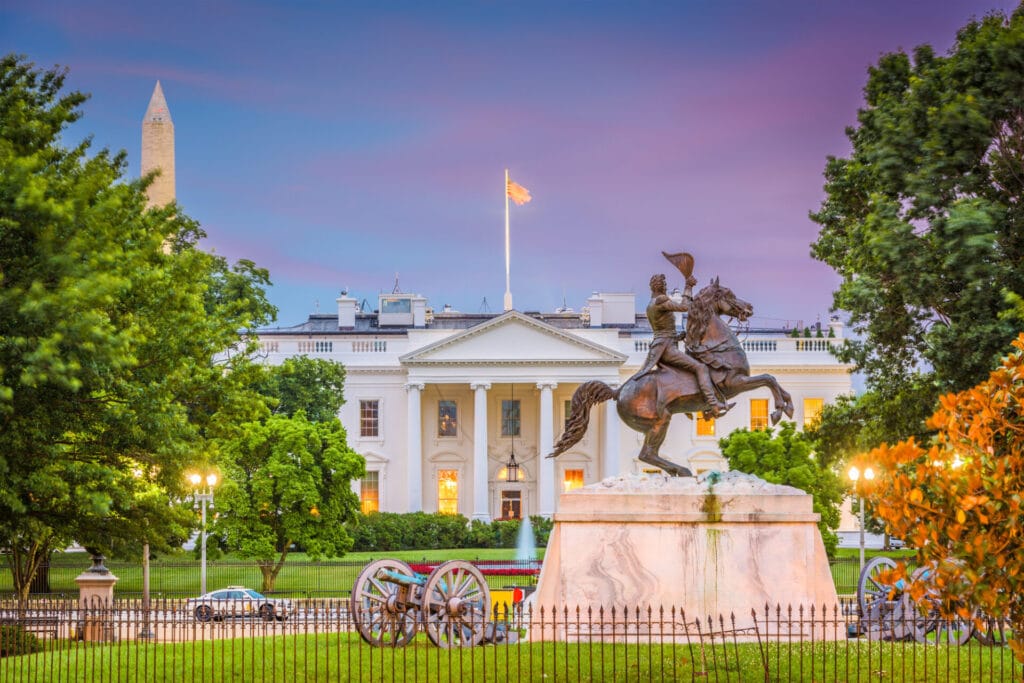A Gallup poll in 2019 revealed two-thirds of Americans oppose granting DC statehood. However, a new bill in Congress could dramatically alter the trajectory of Washington, D.C. by dividing the federal district into a separate state and a small governing district.
Currently, Congress covers all costs associated with running the city. If D.C. becomes a state, the responsibility for maintaining the city and its residents would fall on local taxpayers. Additionally, under the 23rd Amendment, residents of the newly drawn governing district would still gain overrepresentation through the three Electoral College votes granted to the federal seat of government.

DC Wasn’t Always the Capital
Washington, D.C. was not the original U.S. capital. In 1788, James Madison argued that the capital needed to remain separate from the states to ensure its maintenance and security. This decision followed the Pennsylvania Mutiny of 1783, when soldiers marched on Philadelphia, demanding payment for their Revolutionary War service. Pennsylvania’s inability to protect Congress led to the creation of a federal district distinct from state authority.
Article One, Section 8 of the U.S. Constitution granted Congress the power to govern this district, not exceeding ten miles square, as the nation’s seat of government. After several relocations, Congress settled in Washington, D.C., holding its first session there in 1800.
Congress Stripped DC of Local Power
The push for DC statehood has roots dating back to the 1800s. Under President Ulysses Grant in 1871 and 1874, Congress removed D.C.’s local power. This change followed Congress allowing Black men to vote in local D.C. elections in 1867, leading to a predominantly Black local government. Congress decided only the president could appoint D.C.’s leaders, stripping residents of their voting rights for local leadership.
In 1961, the 23rd Amendment granted D.C. residents the right to vote for president and vice president. However, despite its population, D.C. remains capped at the minimum representation of three Electoral College delegates: one House member and two Senators.
Congress’s Power to Reject DC Statehood Laws
Congress holds veto power over laws passed by the D.C. mayor and council, using it to overturn legislation affecting local residents. This lack of autonomy is one of the driving forces behind the fight for DC statehood.
Alaska and Hawaii were the last states to join the union in the late 1950s under Dwight Eisenhower. For Washington, D.C. to achieve statehood, 60 Senate votes are required, but Republican opposition has historically blocked these efforts.
Why DC Statehood Matters
Residents of Washington, D.C. pay taxes, register for Selective Service, and contribute more per capita to the federal government than any state. Yet, they lack full voting rights in Congress.
In 2016, 86% of D.C. voters supported statehood in a referendum. Although House Bill H.R.51 passed in the House with 216 votes for and 208 against, the Senate has yet to consider it.
The conversation around DC statehood is far from over and raises important questions about representation, taxation, and democracy in the United States.
Follow for more of my Thoughts and Things.
